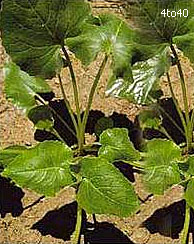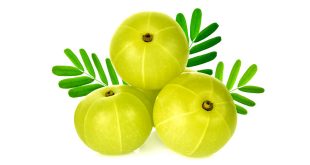Valeriana Wallichii (Indian Valerian, Valerian Jatamansi, Taggar) — Family Name: Valerianaceae
Botanical Name: Valeriana Wallichii
Common Name: Indian Valerian, Valerian, Valerian Jatamansi, Taggar
Part Used: Roots
Habitat: Temperate zone of North western Himalayas upto an altitude of 3000 m.
Uses: It is Anti Spasmodic, Stimulant, Calmative and Stomachic. It is useful in diseases of eye blood, livers. It is used as a remedy for hysteria, hypochondriasis, nervous unrest and emotional stress. Also useful in clearing voice and acts as stimulant in advance stage of fever and nervous disorder.
Introduction
 Valerian (Valeriana officinalis, Valerianaceae) is a hardy perennial flowering plant, with heads of sweetly scented pink or white flowers. The flowers are in bloom in the northern hemisphere from June to September. Valerian was used as a perfume in the sixteenth century.
Valerian (Valeriana officinalis, Valerianaceae) is a hardy perennial flowering plant, with heads of sweetly scented pink or white flowers. The flowers are in bloom in the northern hemisphere from June to September. Valerian was used as a perfume in the sixteenth century.
Native to Europe and parts of Asia, Valerian has been introduced into North America. It is consumed as food by the larvae of some Lepidoptera (butterfly and moth) species including Grey Pug.
Other names used for this plant include garden valerian (to distinguish it from other Valeriana species), garden heliotrope (although not related to Heliotropium) and all-heal. The garden flower red valerian is also sometimes referred to as “valerian” but is a different species, from the same family but not particularly closely related.
Valerian, in pharmacology and phytotherapic medicine, is the name of a herb or dietary supplement prepared from roots of the plant, which, after maceration, trituration, dehydration processes, are conveniently packaged, usually into capsules, that may be used for certain effects including sedation and anxiolytic effect.
History
Valerian has been used as a medicinal herb since at least the time of ancient Greece and Rome. Hippocrates described its properties, and Galen later prescribed it as a remedy for insomnia. In medieval Sweden, it was sometimes placed in the wedding clothes of the groom to ward off the “envy” of the elves.
 Kids Portal For Parents India Kids Network
Kids Portal For Parents India Kids Network





